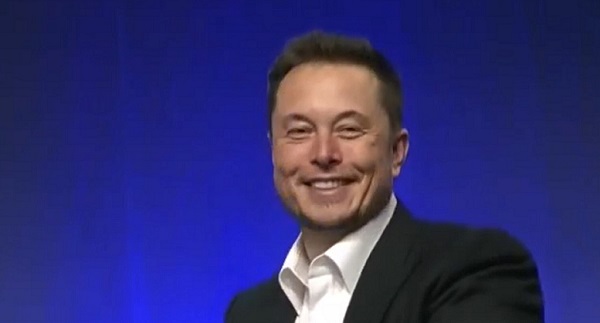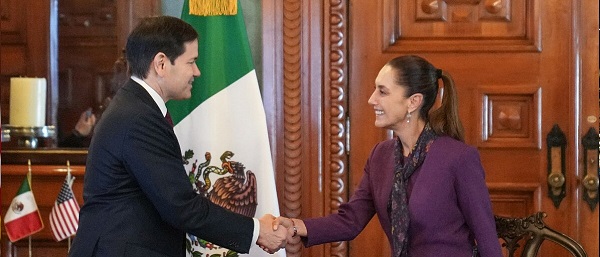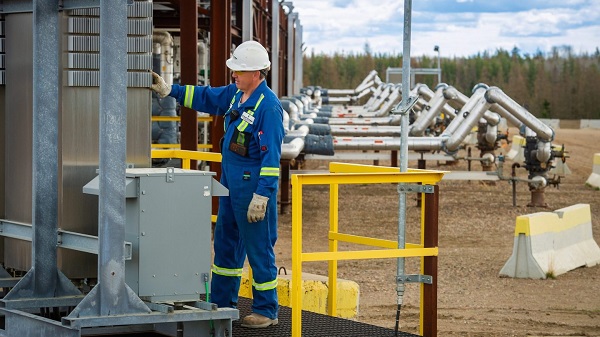Automotive
Federal government EV mandates destined to fail

From the Fraser Institute
By Julio Mejía, Elmira Aliakbari, and Jason Clemens
According to reports, the Trudeau government will soon unveil regulations meant to phaseout the sale of new internal combustion vehicles and compel Canadians to buy zero-emission vehicles. The Biden administration is also mandating a similar shift. But these initiatives overlook two realities—consumer preferences are not easily swayed by top-down government directives, and the unrealistic timeline for minerals crucial for electric vehicles (EV) raises serious doubts about the likelihood of success.
Specifically, according to the Trudeau government’s new regulations, all new passenger vehicles and light trucks sold in Canada must be electric zero-emission vehicles by 2035, with interim targets of 20 per cent by 2026 and 60 per cent by 2030. And the Biden administration has mandated that two-thirds of new vehicles sold in the United States must be electric by 2032.
And yet, despite multibillion-dollar subsidies and governmental efforts to promote EV adoption, consumers are not embracing them. In Canada, only 6.5 per cent (98,589) of the 1.5 million new vehicles sold in 2022 were electric, according to Statistics Canada. Achieving the Trudeau government’s 2026 target would require a rapid increase in EV sales to more than 300,000 in coming years and more than 900,000 in 2030 (assuming no change in total vehicle sales). Such rapid growth in a short timeframe is at best questionable.
South of the border, data from the U.S. Department of Energy indicates that, out of 283.5 million registered vehicles in 2022, EVs comprised a mere 0.9 per cent of total vehicle registrations. In response, automakers are making strategic business decisions. Ford, for example, is delaying the construction of $12 billion worth of EV production facilities, citing a lack of consumer demand. Similarly, General Motors is abandoning the goal of producing 400,000 EVs by mid-2024 due to lower-than-expected sales.
But even in the unlikely scenario of sudden shift in consumer preferences, production-side barriers loom large. For example, the extraction (i.e. mining) of lithium, nickel, manganese, cadmium, graphite, zinc and other rare-earth elements necessary for EVs requires a rapid and marked expansion.
According to a recent study, to meet international EV adoption mandates (including mandates in Canada and the U.S.) by 2030 the world would need 50 new lithium mines, 60 new nickel mines, 17 new cobalt mines, 50 new mines for cathode production, 40 new mines for anode materials, 90 new mines for battery cells, and 81 new mines for EV bodies and motors, for a total of 388 new mines worldwide. For context, in 2021 there were only 340 metal mines operating in Canada and the U.S.
And historically, the development of mining and refining facilities has been slow. Production timelines range from six to nine years for lithium and 13 to 18 years for nickel—two elements critical for EV batteries. The aggressive government timelines for EV adoption clash with historically sluggish metal and mineral production, raising the risk of EV manufacturers falling short of needed minerals.
Not only are consumers resistant to top-down regulations, but the ambitious short-term EV adoption mandates in Canada and the U.S. are on a collision course with the reality of metal and mineral production capacity. Simply put, it’s not at all clear that sufficient capacities will be available to produce enough EVs to achieve the mandates being imposed on Canadians and Americans, nor is it clear consumers in either country are willing to spend their own money to purchase them.
Authors:
Automotive
Elon Musk Poised To Become World’s First Trillionaire After Shareholder Vote


From the Daily Caller News Foundation
At Tesla’s Austin headquarters, investors backed Musk’s 12-step plan that ties his potential trillion-dollar payout to a series of aggressive financial and operational milestones, including raising the company’s valuation from roughly $1.4 trillion to $8.5 trillion and selling one million humanoid robots within a decade. Musk hailed the outcome as a turning point for Tesla’s future.
“What we’re about to embark upon is not merely a new chapter of the future of Tesla but a whole new book,” Musk said, as The New York Times reported.
Dear Readers:
As a nonprofit, we are dependent on the generosity of our readers.
Please consider making a small donation of any amount here.
Thank you!
The decision cements investor confidence in Musk’s “moonshot” management style and reinforces the belief that Tesla’s success depends heavily on its founder and his leadership.
Tesla Annual meeting starting now
https://t.co/j1KHf3k6ch— Elon Musk (@elonmusk) November 6, 2025
“Those who claim the plan is ‘too large’ ignore the scale of ambition that has historically defined Tesla’s trajectory,” the Florida State Board of Administration said in a securities filing describing why it voted for Mr. Musk’s pay plan. “A company that went from near bankruptcy to global leadership in E.V.s and clean energy under similar frameworks has earned the right to use incentive models that reward moonshot performance.”
Investors like Ark Invest CEO Cathie Wood defended Tesla’s decision, saying the plan aligns shareholder rewards with company performance.
“I do not understand why investors are voting against Elon’s pay package when they and their clients would benefit enormously if he and his incredible team meet such high goals,” Wood wrote on X.
Norway’s sovereign wealth fund, Norges Bank Investment Management — one of Tesla’s largest shareholders — broke ranks, however, and voted against the pay plan, saying that the package was excessive.
“While we appreciate the significant value created under Mr. Musk’s visionary role, we are concerned about the total size of the award, dilution, and lack of mitigation of key person risk,” the firm said.
The vote comes months after Musk wrapped up his short-lived government role under President Donald Trump. In February, Musk and his Department of Government Efficiency (DOGE) team sparked a firestorm when they announced plans to eliminate the U.S. Agency for International Development, drawing backlash from Democrats and prompting protests targeting Musk and his companies, including Tesla.
Back in May, Musk announced that his “scheduled time” leading DOGE had ended.
Automotive
Canada’s EV experiment has FAILED

By Dan McTeague
The government’s attempt to force Canadians to buy EVs by gambling away billions of tax dollars and imposing an EV mandate has been an abject failure.
GM and Stellantis are the latest companies to back track on their EV plans in Canada despite receiving billions in handouts from Canadian taxpayers.
Dan McTeague explains in his latest video.
-

 Health2 days ago
Health2 days agoRFK Jr’s argument for studying efficacy of various vaccines
-

 Daily Caller2 days ago
Daily Caller2 days agoTrump Reportedly Planning Ground Troops, Drone Strikes On Cartels In Mexico
-

 armed forces17 hours ago
armed forces17 hours agoIt’s time for Canada to remember, the heroes of Kapyong
-

 International2 days ago
International2 days agoBBC uses ‘neutrality’ excuse to rebuke newscaster who objected to gender ideology
-

 Agriculture2 days ago
Agriculture2 days agoThe Canadian Food Inspection Agency’s Bloodlust: Worshipping Policies While Ignoring Science
-

 armed forces2 days ago
armed forces2 days agoWhy Do Some Armed Forces Suffer More Suicides Than Others?
-

 Agriculture2 days ago
Agriculture2 days agoThe Canadian Food Inspection Agency’s Bloodlust for Ostriches: Part 2
-

 Agriculture2 days ago
Agriculture2 days agoWas The Ostrich “Cull” A Criminal Act?











